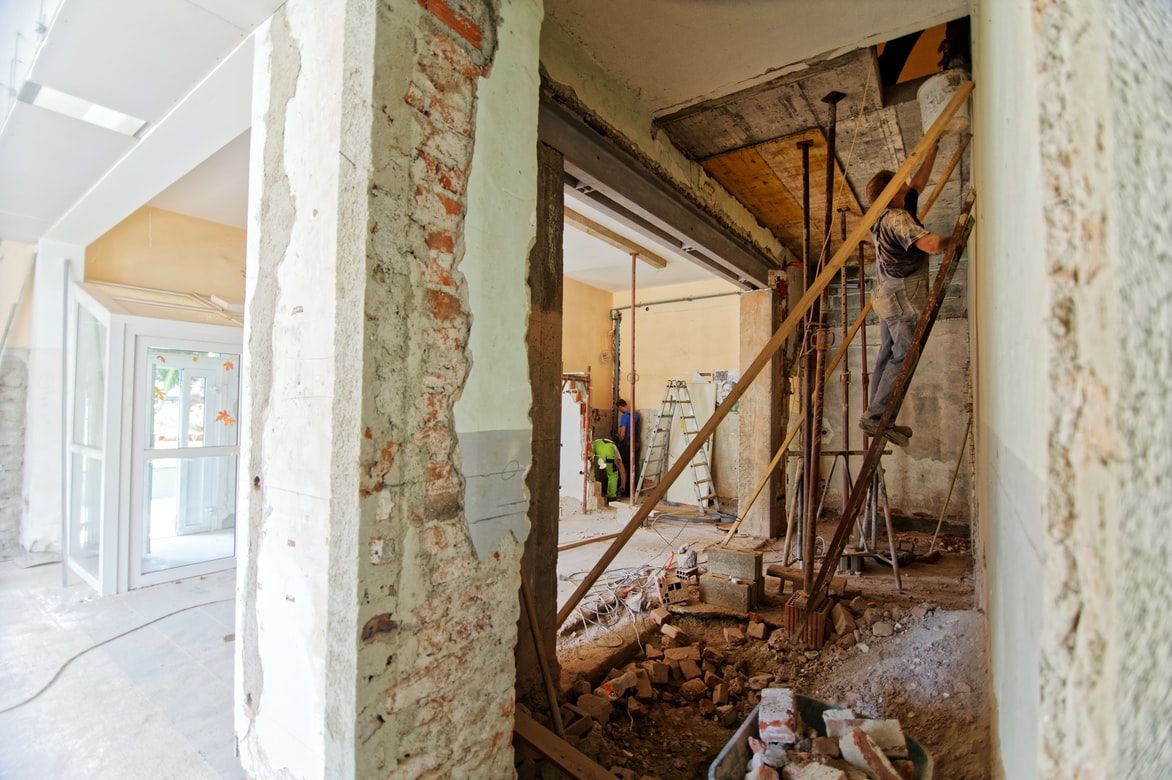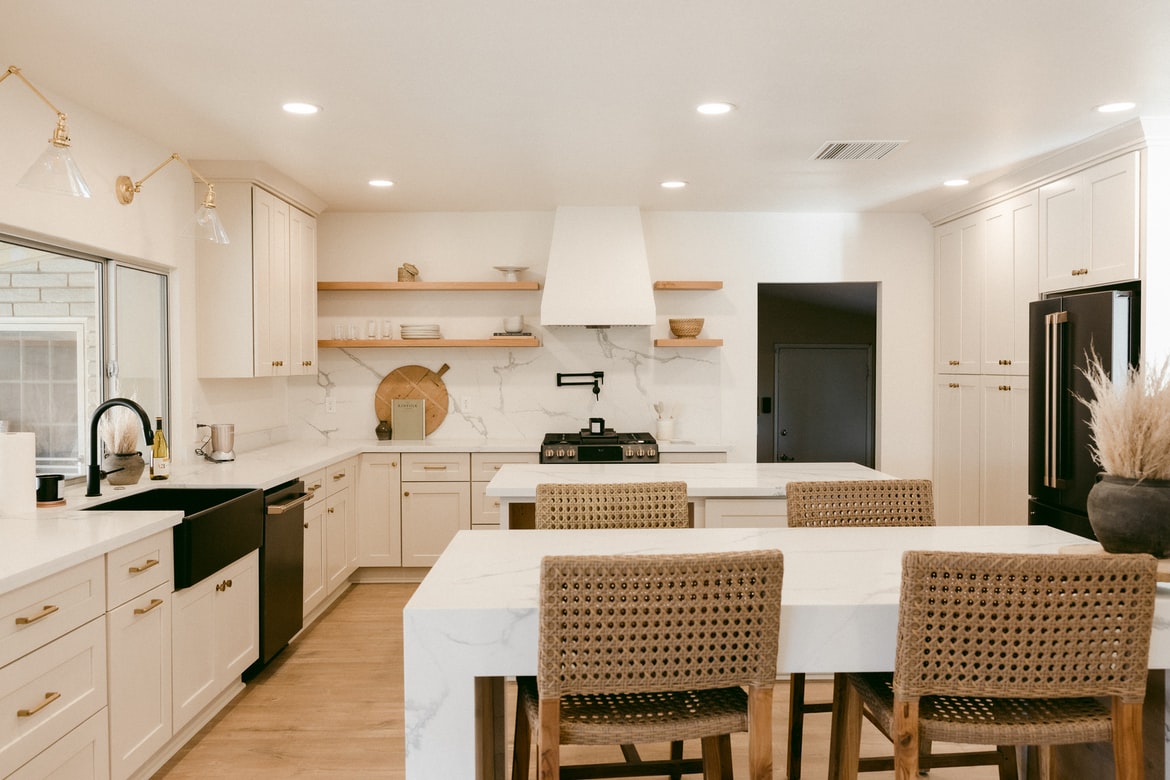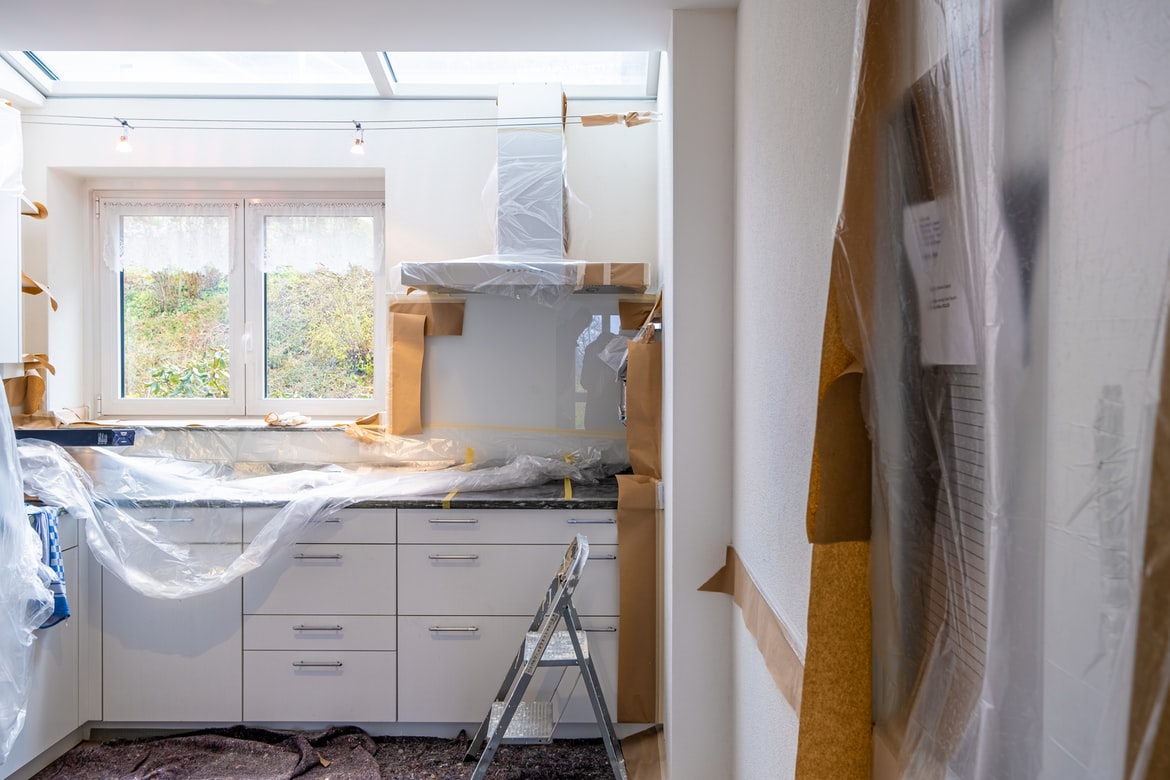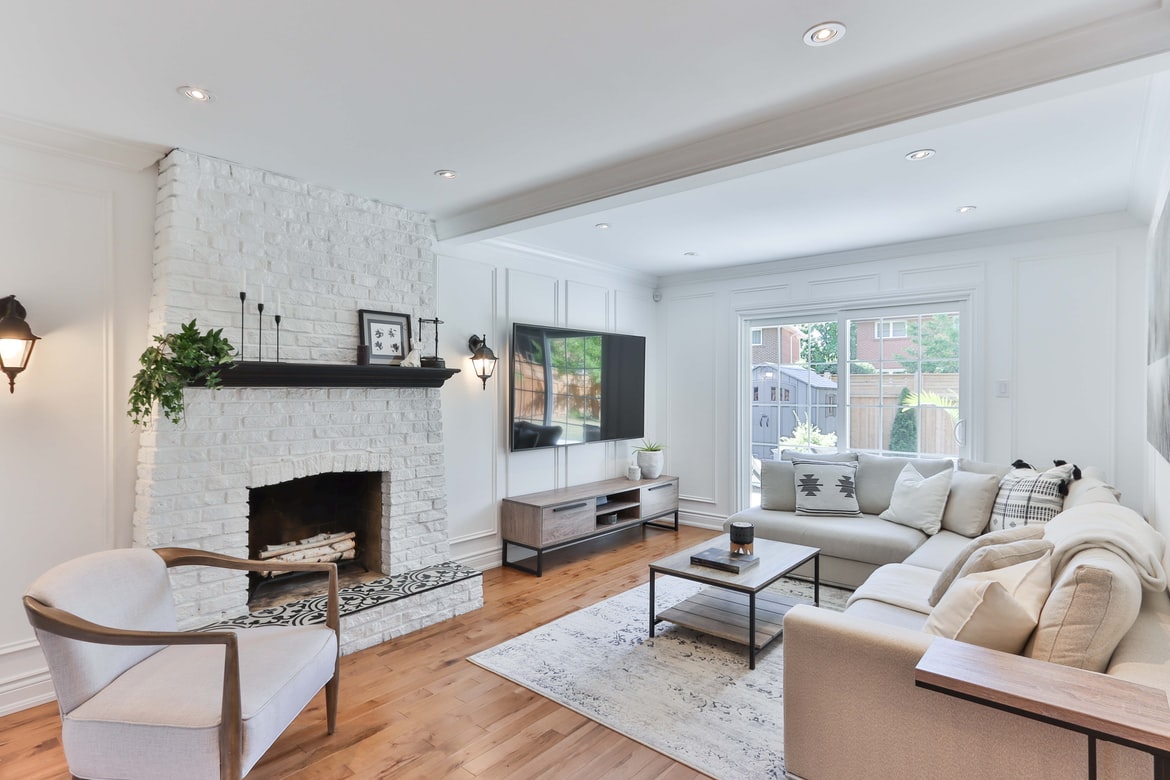What Does TLC Mean in Real Estate? Why Agents Often Use this Subjective Term
Real estate listings often feature common and not-so-common phrases that can give potential buyers a clue about the home’s condition or possibly hint at a seller’s motivation. TLC is one of these more common phrases – it tells prospective buyers that the property requires some “tender loving care,” but if you are willing to get your hands dirty you may have found a good deal.
What does ‘TLC’ mean in real estate?
How much work can a house calling for TLC actually need? If a house requires TLC, a buyer will need to do more than lay on some new paint and install new flooring. A house that needs TLC may have major structural issues to address, such as a shifting, a leaking or sagging roof, outdated knob and tube electrical, peeling paint or cracked siding, broken or leaking windows, and potentially much more. These homes are also known as “handyman specials.”
Is a home that needs ‘TLC’ sold ‘as-is’?
A home that requires TLC will often be sold “as is” – meaning what you see is what you get. These homes are also often sold by a lender who repossessed the house in a foreclosure. If a TLC home is being sold ‘as-is,’ the seller is usually unwilling to complete any repair work or renovations identified by the buyer.
What’s the difference between ‘TLC’ vs. ‘fixer-upper’?
TLC and fixer-upper are often used interchangeably. A fixer-upper could mean minor repairs and cosmetic fixes, such as fresh paint and new flooring. But a fixer-upper could also apply to a property that needs a complete renovation to make it livable. Either way, be sure to see the property in person, as it can be a risky move to buy a home sight unseen if it’s identified as a fixer-upper or in need of TLC.
How much money and time can I expect to put into a ‘TLC’ home?
Several factors are involved when it comes to a home renovation and a TLC home. The amount you spend will depend on the materials you choose and if you DIY the project. Your best case is to consider upgrades and improvements that don’t entail moving walls, plumbing changes, or electrical upgrades. Structural issues, like fixing a cracked foundation or replacing the HVAC system, windows, or roof, will require a more significant investment. The home’s square footage will also be a factor if you’re installing new flooring or a new heating and cooling system.
According to Homeguide.com, the national average for a small remodeling project is $19,800, with a medium remodel coming in at $44,900, and an extensive remodeling project costing in the neighborhood of $73,200. Keep in mind that you may need to take on more than one of these projects to make the home livable. Here is a breakdown of current estimated costs for specific home improvement projects based on average ranges (not every home is the same size, layout, etc):
| Remodeling Project | Average Cost |
| Whole house (low-end) – Cosmetic work like painting, landscaping, trim, molding, flooring, stock cabinetry, inexpensive appliances and countertops. | $15,000 – $40,000 |
| Whole house (mid-range) – Low-end options + above-average materials and appliances, full bathroom and kitchen remodel, new light fixtures, exterior siding, hardwood flooring. | $40,000 – $75,000 |
| Whole house (high-end) – Mid-range options + high-end materials and appliances, custom cabinetry with built-ins, custom closets, structural and foundation repair, layout changes, HVAC and roof replacement, basement or attic conversion to living space, professional interior design. | $75,000 – $200,000 |
| Full gut to studs & remodel | $100,000 – $200,000 |
| House exterior | $6,000 – $20,000 |
| Roofing | $5,000 – $11,000 |
| Kitchen | $10,000 – $50,000 |
| Bathroom | $5,000 – $25,000 |
| Bedroom / living room | $1,500 – $10,000 |
| Basement / attic | $20,000 – $75,000 |
| New HVAC – existing ducting | $4,800 – $9,400 |
| Install new ducting | $1,400 – $5,600 |
| New appliances | $2,500 – $10,000 |
| Foundation structure repair | $2,318 – $6,750 |
| New foundation | $20,000 – $40,000 |
| New windows | $4,500 – $20,000 |
| Electrical work | $3,500 – $8,000 |
| Electrical box upgrade | $800 – $2,000 |
| Replace plumbing | $2,000 – $15,000 |
Pros of buying a home that needs ‘TLC’
A home that requires TLC can be a great bargain and a solid investment. Even when you take into account the extra money you’ll have to spend for renovations, you may be getting a deal on a TLC property if you’re handy and can complete some of the upgrades yourself. Not to mention, a TLC home could also be an excellent opportunity to save some money upfront by making improvements that suit your tastes and preferences from the get-go. You can really make the house fit your style and turn it into the home you envisioned.
Cons of buying a home that needs ‘TLC’
A home that needs TLC is not “move-in ready.” So if you’re looking to buy a home and move in quickly, you should consider steering clear of TLC listings. Another drawback of purchasing a home that needs TLC is the cost of repairs. If the repairs are cosmetic, such as needing new paint or carpet, your material costs shouldn’t be significant. However, for bigger structural changes or if you’re unable to take on the repairs yourself, you’ll need to hire a licensed contractor to comply with zoning laws and building codes, which will add to your total costs.
You should also avoid buying a TLC home if the magnitude of repairs prevents you from living in the home for a prolonged period of time while the work is being completed. Paying for rent and a mortgage can add financial strain, especially if the repairs to make the home liveable require you to live elsewhere temporarily. If your funds are tight, consider passing on buying the home.
How to factor in remodeling costs when buying a ‘TLC’ home
It’s wise to be cautious when making an offer on a home that requires TLC. An offer lower than the asking price that accounts for the necessary work costs may not go over well with the seller. However, as a potential buyer, you’ll be taking on the risk of repairs, so it’s worth asking for a discount. You’ll need to identify what needs to be repaired, calculate the costs, and factor those numbers into your offer.
Identifying the parts of the house that need “TLC”
First, cover the basics: turn the lights and ceiling fans on and off, run appliances, and test the water faucets. See if you can also test out the heating and cooling system, keeping in mind that this may not be possible depending on the weather and if the house has been winterized. Other areas of the house to pay attention to include:
- Look around the window frames, the bottom of the walls at the lowest point of the house, and the ceilings at the house’s highest point for evidence of water staining. This may indicate a water leak in the windows, foundation, or roof.
- Evaluate general wear and tear on the walls, flooring, countertops, and cabinets on the interior.
- Check for cracks in the paint or plaster on the walls or ceiling. This may indicate a shifting foundation, which calls for further investigation.
- Look for broken windows, curled or darkened roof shingles, or more than three layers of roof shingles on the exterior. If you see sinking areas of soil around the home’s foundation, this may allow water to get into the home. You’ll need to add soil and regrade away from the house to fix it. Also, take a look at the material on the exterior to ensure there are no cracks, broken or rotting pieces of siding, missing grouting, or damaged or missing plaster.
Calculating costs
If the house requires TLC, some items may need to be replaced. It’s always best to estimate a little higher than the average costs as the work, time, or labor may be more extensive than you initially projected. You can also ask your realtor to help you or hire a contractor to walk through the house and provide an estimate. This will help you get closer to the actual cost.
Incorporating needed TLC into the purchase price
To use these estimates to formulate an offer, you’ll need to know what investors and flippers call the “after-repair value” or ARV. The ARV is the value of the comparable sales price the home would bring if all the deficiencies were fixed and the property was move-in ready. Starting with the ARV, subtract your estimated costs and offer what remains. For example, if the ARV of a home is $200,000, but you estimate at least $30,000 in work, a reasonable offer would be $170,000. Though in a competitive housing market you may not be able to get away with a lower offer like this and may even have to pay the asking price or higher. Rely on your real estate agent to come up with an appropriate and competitive offer for the conditions of your housing market.
How to finance a ‘TLC’ home
When it comes to acquiring a TLC home, you may not be able to use conventional financing. Lenders will not typically finance a home that is not livable, at least not with the more conventional loans. However, there are specific loan programs available for homes that require extensive work.
- FHA 203(k) loan- The Federal Housing Administration (FHA) Section 203(k) program enables buyers to “finance up to $35,000″ to improve, repair, or upgrade their home,” according to HUD.gov. If you qualify for a 203(k) mortgage, the FHA will allocate repair funds into an escrow account, with the remainder of the mortgage amount paying for the purchase of the house. The buyer will have an approved 203(k) consultant to help prioritize and manage repairs on their new home. These loans can be used for major structural work, cosmetic improvements, landscaping work, elimination of safety or health hazards, and upgrades to a home’s systems, such as plumbing, electrical, and HVAC. You can find a complete list of acceptable projects on the HUD website.
- Fannie Mae HomeStyle Renovation -The HomeStyle program is comparable to the FHA 203 (k) loan in that it allows for renovation funds to be financed into the buyer’s conventional mortgage. These funds can be used for any renovation, such as replacing the roof or adding a room. Keep in mind that Fannie Mae caps its approved HomeStyle renovation costs at 75% of the home’s purchase price or 75% of the after-completed appraised value (whichever is lower).
- HELOC for renovations – If the home is livable but you have upgrades you’d like to complete to fit your style, you could apply for a HELOC (home equity line of credit) after you close on the home. However, you may need to shop around for a lender who will provide a HELOC on a new home purchase. It may also be necessary to pay down your loan before adding an extra payment and borrowing against your home’s value.
Before buying a ‘TLC’ home
Buying a TLC home can have a lot of benefits. When you purchase a home for less, you have the funds available to personalize the renovations and make it the home you’ve always wanted. But before you jump into buying the home, here are some things to consider:
Determine if a TLC home is worth the investment – Look at comps in your area to help you understand what homes in the area are worth before making an offer for a TLC home. From there, you can factor in your estimated cost of renovations to the purchase price. If you’re making money on the home, chances are you’re probably making a good investment.
Get a home inspection – Any home purchase should involve a home inspection. And with a TLC home, an inspection could save you a lot of money. During an inspection, a home inspector looks for any potential issues that need to be addressed to ensure that all of the home’s systems are functioning and safe. The inspector won’t dig into walls but should still recognize the tell-tale signs of structural or system issues.
Bring your contractor to look at the home to get an estimate – Ask a contractor to walk through the home and provide a ballpark estimate for necessary work. Many contractors will often do this at no charge. Be sure to ask for a certified and insured contractor so that any work they complete is insured.
Key takeaways
There are risks to buying a home that requires TLC. However, a TLC home could mean extra savings for a savvy homebuyer. Before making an offer, be sure to get a thorough home inspection and research comps in your area to get an idea of what homes in your area are selling for, and estimate the amount of work required to make the home move-in ready. Be aware that some TLC homes being sold “as is” may need extra work to make it liveable, so you’ll also want to factor in the amount of time and cost of repairs when calculating how much home you can afford. With conservative estimates for remodeling costs and a reasonable after-repair value, your TLC investment could create a beautiful home you’ll enjoy for years to come.
The post What Does TLC Mean in Real Estate? Why Agents Often Use this Subjective Term appeared first on Redfin | Real Estate Tips for Home Buying, Selling & More.





